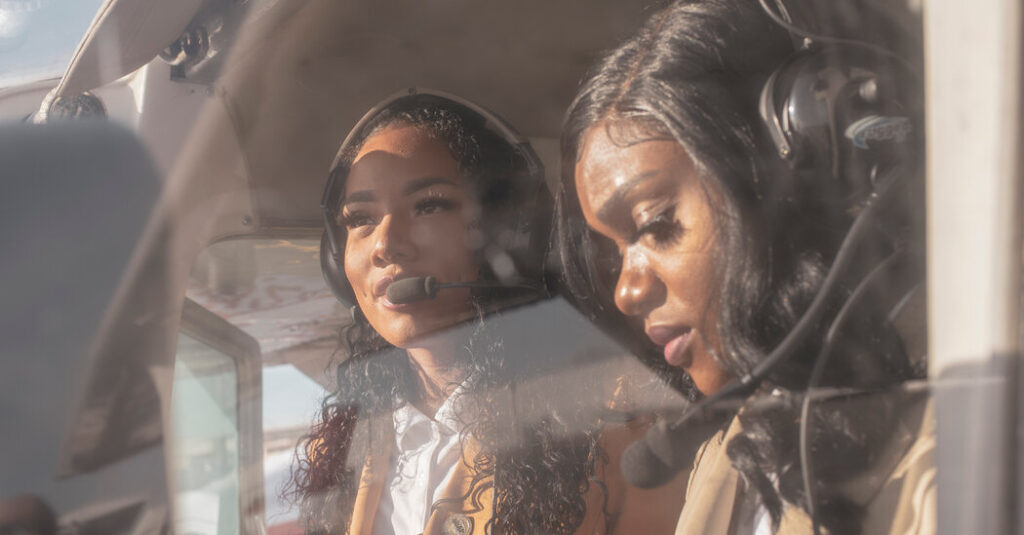
Then the university called off its partnership with the flight school, making it difficult for Ms. Percy to get the pilot training she needed in time to graduate, so she switched to a concentration in aviation management. It wasn’t until she arrived at the Lt. Col. Luke Weathers Jr. Flight Academy, which was started by the Organization of Black Aerospace Professionals, in May 2020 that she began flight training in earnest. Now, Ms. Percy expects to receive her airline pilot certification within a year, with plans to pursue a Ph.D after that.
While flight school can be expensive, the payoff is improving. There were an estimated 164,000 certified active airline pilots in the U.S. last year, slightly fewer than there were in 2019, according to the Federal Aviation Administration. Desperate airlines looking to staff up have started offering early-career pilots higher salaries, bigger bonuses and better schedules. A student can earn a six-figure salary within a decade of graduating, sometimes much sooner, and a senior pilot at a major airline can easily earn several hundred thousand dollars per year. But the price is still daunting, especially in an industry that seems to swing so easily between good times and bad.
Historically, the armed forces offered a less-expensive path into the field. But the military has long struggled with pilot diversity and shortages, too. Still, the Air Force has slowly improved diversity among active duty pilots: Today, about 8 percent of those pilots are women and about 13 percent are nonwhite. While nowhere near reflective of the American public, those figures are still better than the numbers for commercial airlines.
But the reason for racial inequality among pilots that is most commonly cited by experts and instructors is perhaps the most apparent: A lack of role models and exposure has played a central role in keeping many women and people of color out the field.
“Historically, we’ve seen that a lot of our aviators come out of the military or have family members that were pilots or are somehow involved in the industry,” said Allison McKay, the chief executive of Women in Aviation International. “If you don’t have either of those two things, you may not even have considered flying.”
The group is working to change that. Every year, the nonprofit hosts an annual “Girls in Aviation Day,” with events around the world connecting pilots and other aviation professionals with children and students. The Organization of Black Aerospace Professionals and groups representing other underrepresented groups, including Latinos or the L.G.B.T.Q. community, are making similar efforts to expose more people to the field.
That might have been helpful to Ricki Foster. Growing up in Jamaica, she had never seriously considered a career in aviation.
You may also like
-
No more free shrimp: Red Lobster closing dozens of restaurants
-
Bill aimed at reducing credit-card 'swipe fees' puts Chinese company in crosshairs
-
A year after Biden ended pandemic emergency, he can't get federal workers to return to the office
-
Duchess of Sussex, called 'Ifeoma' in Nigeria, speaks with women about her Nigerian roots
-
Target limiting distribution of LGBTQ merchandise for Pride Month

